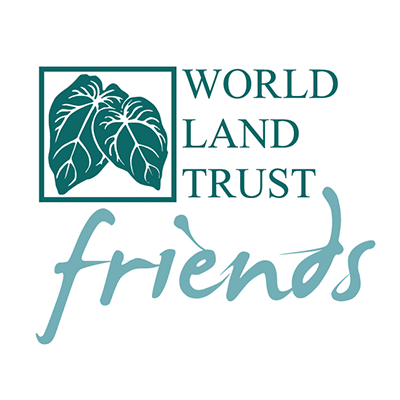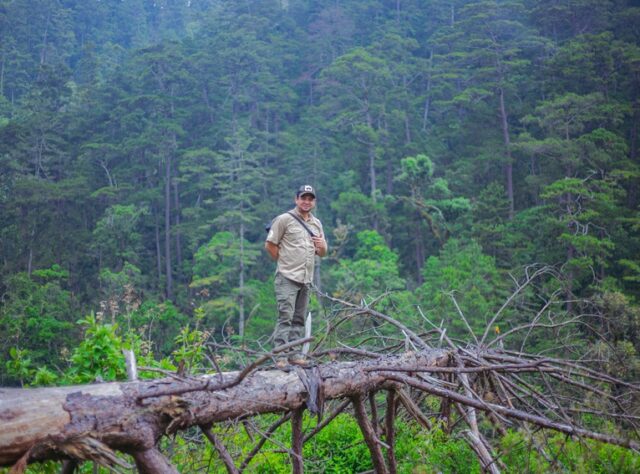
Credit: Enrique Girón/AESMO.
Rangers are at the heart of conservation, working out in the field every day and undertaking vital responsibilities to ensure land is protected long-term. In Honduras, AESMO’s passionate and dedicated team of young biologists are doing just that.
Our Save the Cloud Forests of Honduras appeal will fund the employment of three AESMO rangers for the next three years, so we chatted with Executive Director Víctor Saravia and rangers Bairon, Alex and Ángel to learn more about their work.
WLT: Víctor, you’ve been part of AESMO since its foundation. Can you tell us about its origins?
Víctor: I am one of the ten founding members of AESMO, I was the president of its first board of directors and, for several years, I’ve been its Executive Director.
In January 1990, a forest fire broke out on the western outskirts of San Marcos. Several hectares of forest were destroyed. In the absence of forestry crews, a dear friend of mine, Jesús Alfredo Ventura, his children and workers decided to fight the fire themselves. During a break in the fire, I interviewed Ventura for the radio station where I volunteered. When discussing the measures that should be implemented to prevent forest fires, Ventura said: “We should organize an ecological committee.” We agreed to follow up on that idea and AESMO was created on 28 April 1990.
From then on, AESMO worked to carry out environmental education activities, production of forest nurseries, reforestation, and the first actions to protect the Güisayote Biological Reserve.
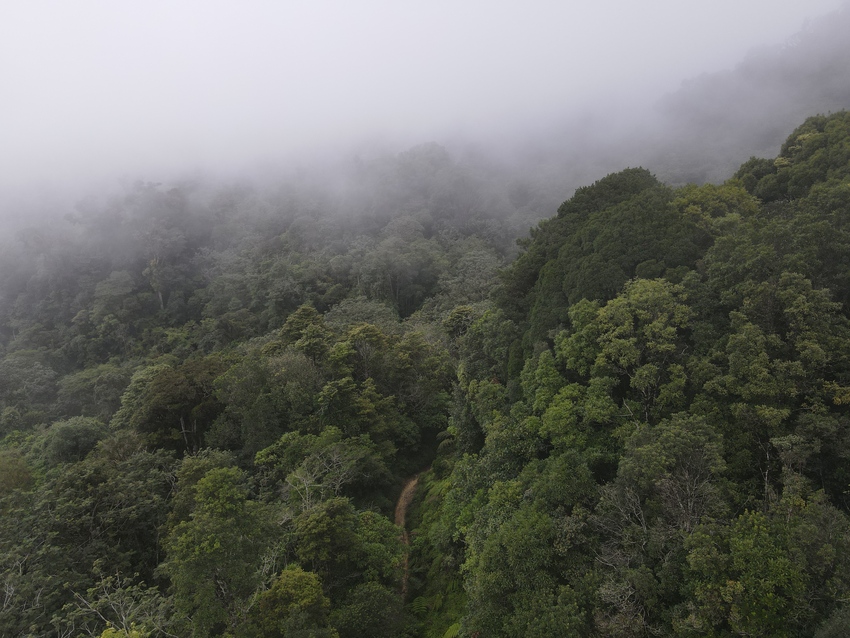
AESMO is achieving great things for conservation in Honduras. Credit: AESMO.
WLT: And now 35 years later AESMO is protecting numerous areas and water sources in western Honduras, working with 58 communities across the region. Your young team are instrumental to that work. Do you enjoy nurturing the next generation of conservationists?
Víctor: We’re ensuring that young conservation professionals can work in the organisation to apply their scientific knowledge to AESMO’s Shared Governance Model, which allows local allies to fully participate in conservation.
The “magic touch” is to train new conservation professionals, so they learn to work collaboratively with ordinary people, adapting scientific knowledge so that it’s accessible. At the same time, the young professionals learn to listen respectfully to ancestral knowledge.
I like connecting ordinary people with the holders of scientific knowledge to do innovative and extraordinary things together, fostering spaces for dialogue and the exchange of learning.
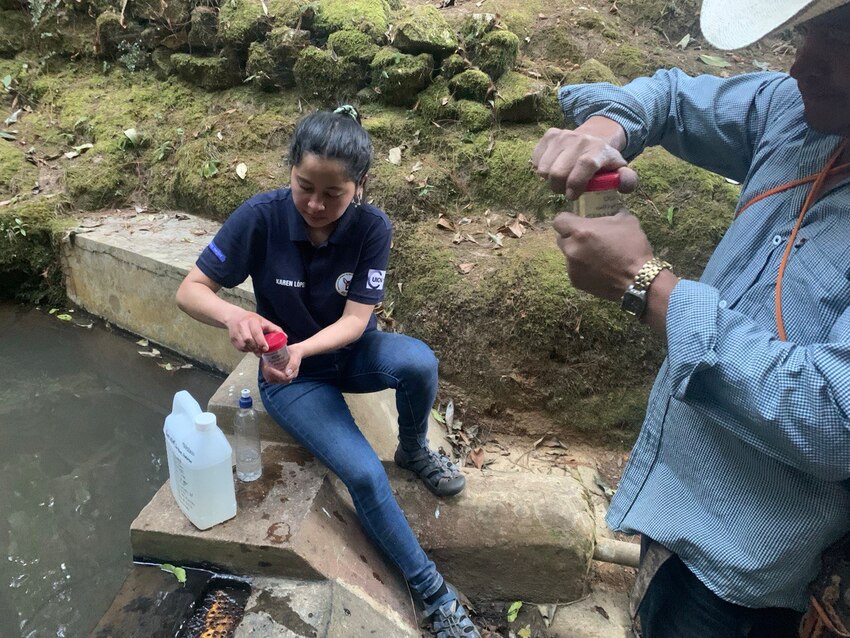
The AESMO team undertake monitoring and quality testing of the water sources within protected areas. These water sources are vital for local people. Credit: AESMO.
WLT: That’s where AESMO’s rangers come in. How did you all get started with AESMO, and why you were drawn to it?
Ángel Zúñiga: I’ve been working at AESMO as a ranger for approximately two years now and it has been one of the most defining experiences in my life. After finishing my biology degree, I went directly to work at AESMO. What caught my attention the most was the organisation’s unique shared governance model, empowering communities to care for the land. And of course, the extensive biodiversity in the area, mainly in the Güisayote Biological Reserve, which has the largest number of registered species.
Alex Cubas: I’m actually very new! My main training is biology, and I’ve now been working for AESMO for about a week.* I decided to join as AESMO is a strong organisation in terms of community involvement. It’s very rare that you see such a pure connection between the social and scientific aspects of conservation.
Bairon Vargas: I’ve been working for AESMO for seven years, as a technical forest ranger in the Río Hondo, Cerro Negro and El Espinal micro-basins. Since I was little conservation has played a very important role in my life. AESMO has given me the opportunity to learn a lot about conservation, both from my colleagues as well as from community members who are integral to AESMO’s work.
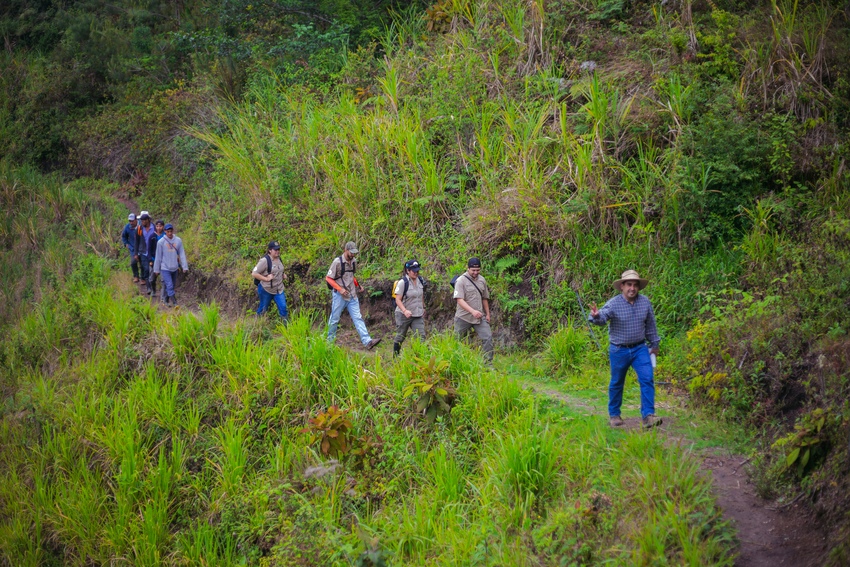
Rangers go on regular patrols out in the protected areas, often accompanied by community members. Credit: Enrique Girón/AESMO
WLT: Víctor, much like your team, has conservation always played a role in your life too?
Víctor: Yes. Since I was a child, I have been attached to nature, especially to social insects like ants and bees as I am a beekeeper. Over time, I became aware of the importance of conserving our planet and, although I didn’t study conservation, I have had the opportunity to meet outstanding professionals in the natural sciences, and local people, all with a wonderful commitment to conservation.
WLT: What does the day-to-day work of an AESMO ranger involve?
Ángel: My day as a ranger is very varied. There is no typical day, it is always changing. One day we can be in the middle of the mountains, another day we can be working in the office to coordinate activities. I always have my motorcycle, to move between the reserves.
Bairon: We get involved with the community, and we go out into the environment to go on patrols and explore areas with water sources.
Alex: One of my main roles within AESMO is to strengthen the scientific work and involve communities – for example the Lenca people – in scientific activities.
Víctor: Our forest rangers also give talks at schools, secondary education centres and co-management councils about fauna and flora, management of micro-basins and climate change.
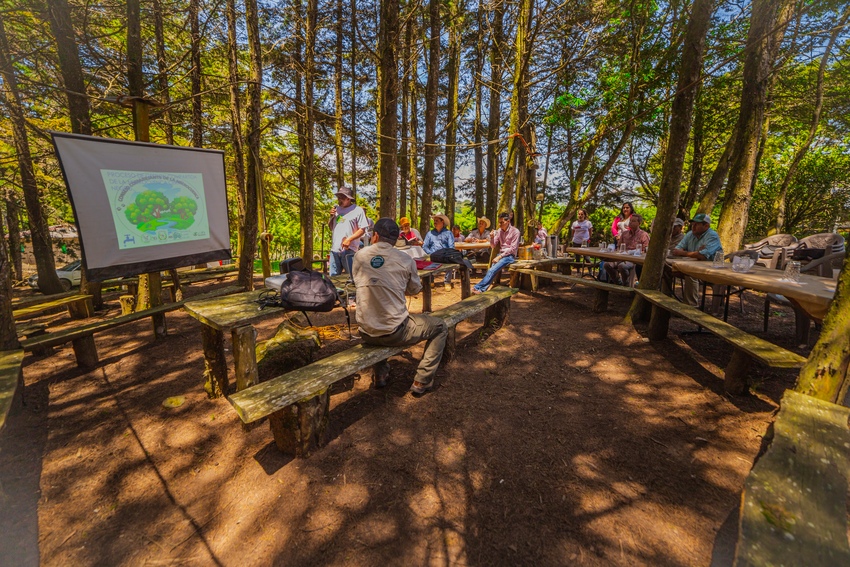
AESMO’s team often deliver conservation talks to local communities. Credit: AESMO.
WLT: There are many amazing, threatened species in AESMO’s area of work. Have you had any special wildlife encounters?
Ángel: A moment that stands out for me was the day we found two Endangered Merendon Palm Pit Vipers (Bothriechis thalassinus) in the Cerro Negro micro-basin. We arrived on site and the very first thing we saw was this snake, and then 10-15 meters away we saw another individual! It was the most exciting day.
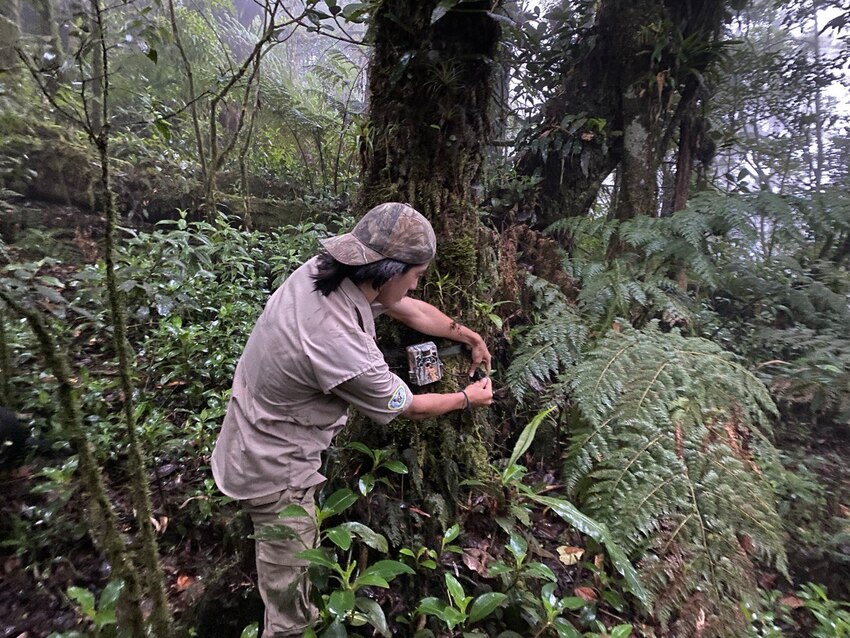
Alongside members of co-management councils, AESMO’s rangers carry out monthly biological monitoring. This involves setting up camera traps to record species. Credit: AESMO.
WLT: How about stand-out moments with communities?
Alex: Despite having been in the organisation for a short time, one of the most special parts for me is seeing how all the parties, especially the indigenous communities, come together to purchase protected areas.
Bairon: Something that has left its mark on me is meeting a community member and spending the last day of his life with him. He left a very large legacy for the different councils, managers and local people involved in AESMO’s work. He said we will fight for conservation until the last day. Now, my hope as a conservationist is to continue working together for better protection of natural resources.
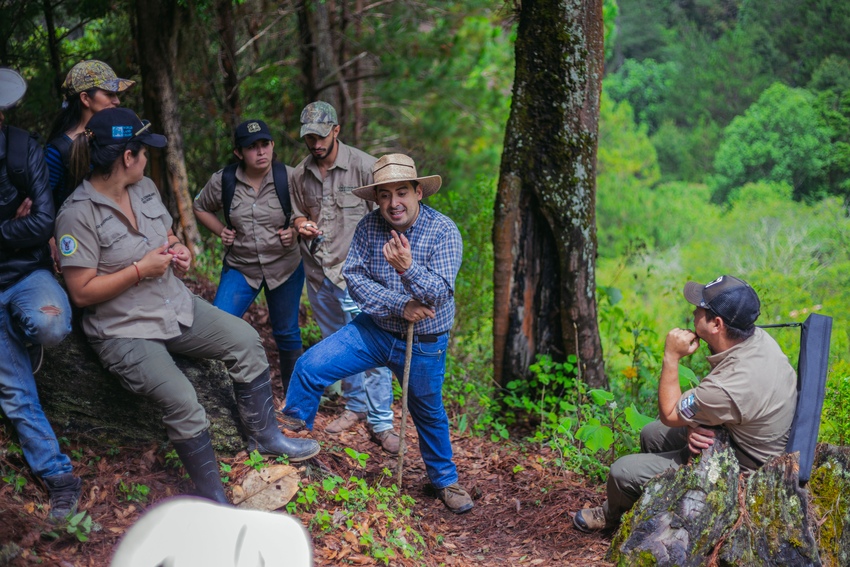
AESMO’s team has a strong, collaborative relationship with local communities. All parties play an integral part in protecting Honduras’ forests. Credit: AESMO.
Our Save the Cloud Forests of Honduras appeal will protect 91 hectares (225 acres) of threatened land in western Honduras and employ three rangers for the next three years, significantly helping AESMO’s work to safeguard these cloud forests for the future.
*A week at the time of interview.


